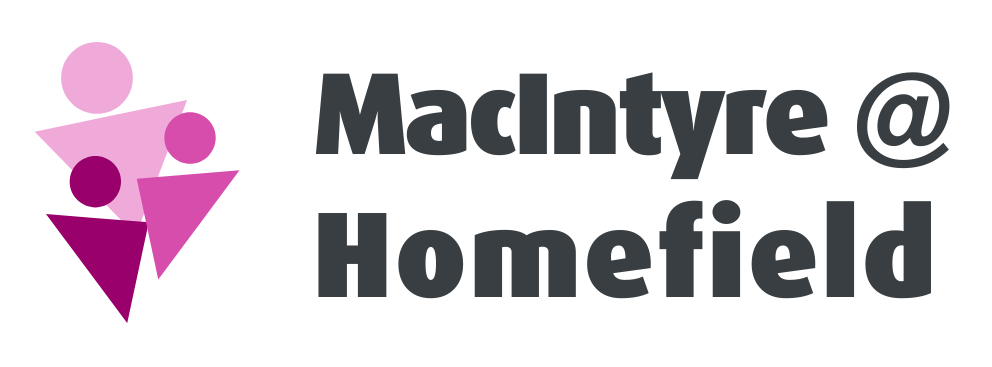Equality Impact Assessment Tool
Our Equality Impact Assessment Tool is to be completed and attached to Policy / Guidance / Procedure documents when submitted to the Senior Management team.
Overview
An impact assessment is a way of systematically and thoroughly assessing and consulting on the effects a policy / procedure or guidance document may have or is likely to have on people, depending on the characteristics outlined in this document. Impact assessment may include obtaining and analysing data, consulting with people including employees and learners where appropriate. All policies, procedure, business plans & guideline documents must be impact assessed initially.
The following principles explain what is essential in order for the Equality Duty to be fulfilled when making decisions.
There should be real consideration of the three aims of the equality duty that should form part of the decision making process. We should be able to demonstrate that we have given the proposal serious and rigorous consideration and applied due regard.
Initial Screening
Write the name of person responsible for the assessment, the date of assessment, a signature, and the name of the policy or process doucment assessed. Then, follow the below questions.
- What is the aim of the document?
- Who is affected by the document? (Staff, students etc.)
- Does the document discriminate (treat less favourably) on the grounds of
- Age
- Race
- Gender, including transgender people
- Religion, faith or belief
- Sexual orientation
- Disability
- Age
- What data has been collected to assess this impact?
- Does it promote equality and enhance community relations?
- Does it influence relations between different groups?
- Could some groups be affected differently?
- Is there any evidence that some groups are affected differently?
- What evidence is already available to us?
- Do we need to gather evidence?
- Is the impact of the document likely to be negative?
- If so can the impact be avoided?
- Is it unlawful?
- Can it be justified?
- What alternatives are there to achieving the policy/procedure/guidance without the impact?
- Can we reduce the impact by taking different action?
- What impact, if any, does the policy/procedure or guidelines have on the safeguarding of staff, students or day service members?
- Assess the impact from the above answers, and rate this High, Medium or Low.
For advice in respect of answering the above questions, contact one of the Head of HR. If you have identified a potential discriminatory impact of this policy, procedure or guidance document, please refer it to the senior leadership team, together with any suggestions you have as to the action required to avoid/reduce this impact. Please note that if this document affects our service users, consideration needs to be given to consultation with this group.
Proposed Amendments or Adjustments to Mitigate Impact
- Please outlined any proposals or suggestions to reduce any discriminatory impact you have identified.
- Make notes following consultation, and indicate which groups were consulted.
- Concern Proposed Action
- What outcomes or improvements are needed?
- What monitoring arrangements are in place?
- When will this be reviewed?
- What outcomes or improvements are needed?
Guidance Notes for Carrying out an Impact Assessment
What is the Equality Impact Assessment Tool?
The purpose of this tool is to improve the work of the college by making sure we do not discriminate, and that where we can we will promote equality at all levels. Completing this tool will ensure that those with responsibility for developing policy, procedure or guidelines take time to consider carefully the likely impact that these may have on those covered by the seven ‘equality streams’ and to take action where any unjustified negative impact is detected in the development or administration of such policy, procedures or guidelines. By using this tool, the authors of such documents can make every effort to eliminate negative impact and take the opportunity to promote the College’s equality and diversity goals.
What is meant by ‘Impact’?
a. Negative or Adverse Impact
This is an impact that could disadvantage one or more equality groups. This disadvantage may be differential, where the negative impact on one particular group of individuals or equality groups is likely to be greater than another.
Example: Undertaking training in a location with no induction loop facility may have a negative impact on learners or staff with a hearing impairment.
b. Positive Impact
An impact that could have a positive impact on once or more groups or improve equal opportunities and/or relationships between groups. This positive impact may also be differential, where the positive impact on one group/or groups of individuals may be greater than another.
Example: A targeted training programme for black and ethnic minority women would have a positive impact on black and minority ethnic women compared with its impact on white women and all men. It would not necessarily have a negative impact on white woman and all men.
When should an equality impact assessment tool be completed?
Initial Screening
An initial screening of the proposed policy, procedure or guidelines should be undertaken by the author(s) of such a document. This should be completed during the review or development of these documents. At this stage, you should be assessing obvious negative or positive impact or any gaps in your knowledge about the likely impact. It should be a shortened process which makes use of any previous consultation results, your personal knowledge & experience, research and reports, internal and external specialist advice
Full Screening
If, as part of the initial assessment, it was identified that a negative impact may exist a full screening of the document should take place. This may involve consultation with other groups or colleagues.





